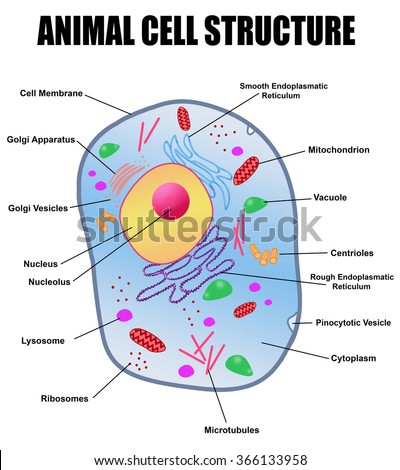~Asexual production~
What is asexual reproduction?
- Asexual reproduction is when a off spring is produced by a single parent, it will gather all of the genes that its parent has.
How it occurs/happens?
- In plants & animals it can occur in a variety of forms such as budding (Budding is when a bud from one plant is transferred and grown on another plant to become one whole plant)
What are different types of asexual reproduction in plants and animals?
- ~In plants~ ~In animals~
* Runners * Budding
* Bulbs * Fragmentation
* Tubes
* Runners * Budding
* Bulbs * Fragmentation
* Tubes
What are the benefits of asexual reproduction for plants and animals?
- ~In plants~ ~In animals~
* No need for a mate *Animals dont need to hold off springs for a excessive amount of time * Can expand the population
* Plant can get all the genes and characteristics
of its parent
* No need for a mate *Animals dont need to hold off springs for a excessive amount of time * Can expand the population
* Plant can get all the genes and characteristics
of its parent
